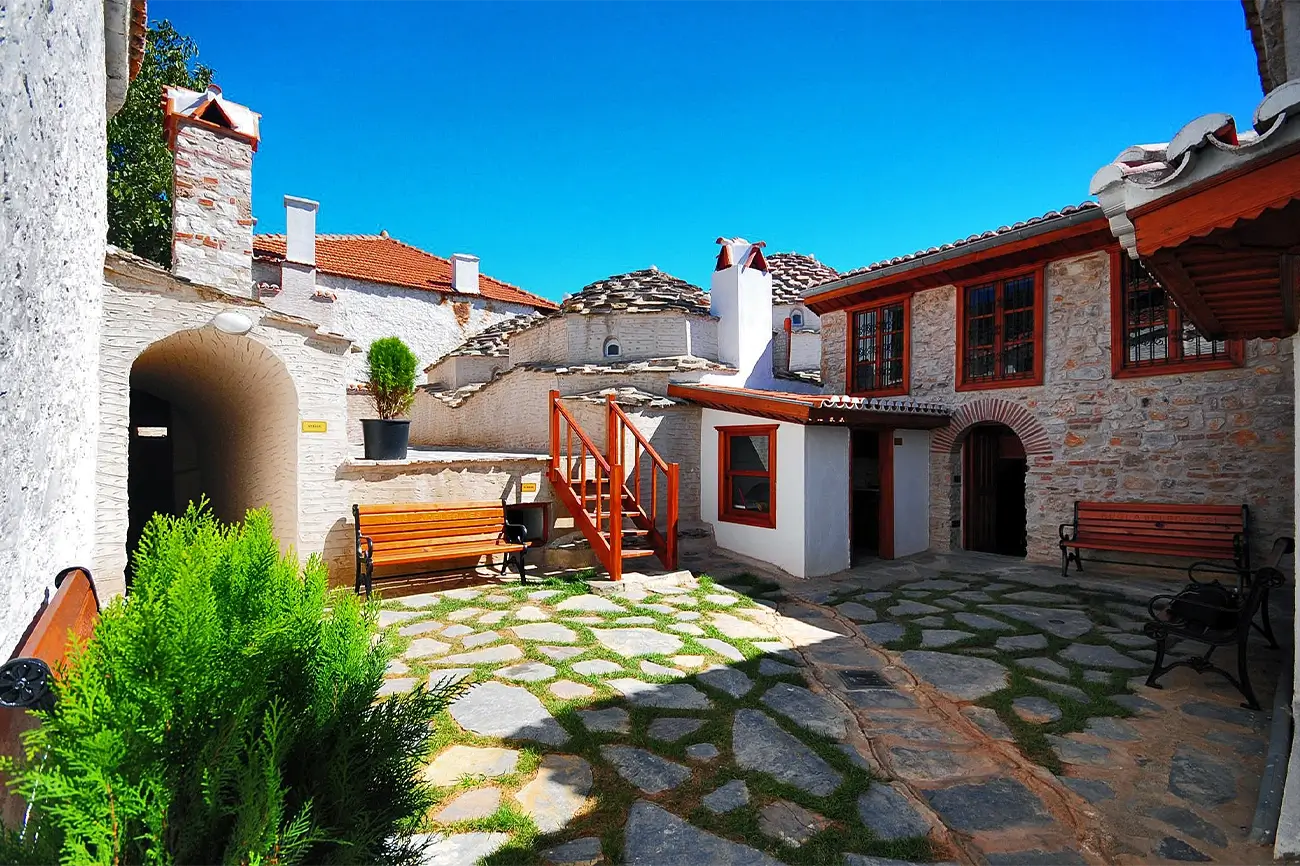
06 Okt. MENTEŞE
Menteşe ist eine der ältesten Städte der Region Karien, wurde in alten Aufzeichnungen als „Mobolla“ bezeichnet. Im Jahr 3400 v. Chr. siedelte sich ein Stamm unter einem Anführer namens „Kar“ in der Region an. Die Region, die 1000 v. Chr. unter die Herrschaft der Dorer geriet, schloss sich 228 v. Chr. dem Römischen Bund von Pergamon an und wurde 133 v. Chr. eine römische Provinz.
Mit der Eroberung Anatoliens durch die Türken kam Menteşe unter die Herrschaft des anatolischen Seldschukenstaates. Mit dem Zerfall des anatolischen Seldschukenreiches kam die Region 1261 unter die Kontrolle des Fürstentums Menteşâ. Im Jahr 1391 wurde die Region von Yıldırım Beyazıt an das Osmanische Reich angegliedert, kam 1402 unter die Herrschaft von Timur und wurde von diesem an das Fürstentum Menteşâ übergeben. Während der Herrschaft von Murat II. wurde es erneut Teil des Osmanischen Reiches und erhielt den Namen Menteşe Sanjak.
Menteşe Sanjak wurde am 30. Oktober 1913 von der Provinz Aydın abgetrennt, zur Provinz erhoben und in Muğla umbenannt. Das Zentrum von Muğla wurde mit dem am 06. Dezember 2012 veröffentlichten Gesetz Nr. 6360 in Menteşe umstrukturiert.
WICHTIGE HISTORISCHE UND ARCHÄOLOGISCHE DESTINATIONEN
Mobolla antike Stadt
Südlich des Stadtzentrums von Muğla, nordöstlich des Viertels Saburhane, befinden sich auf einem felsigen Hügel, der als Tafelberg oder Asar bekannt ist, die Ruinen der antiken Stadt Mobolla. Der älteste bekannte Name dieser antiken Siedlung ist „Mogla“MώγλαEine Inschrift aus dem 2. Jahrhundert v. Chr. zeigt mit Sicherheit, dass der Name der Stadt „Mobolla“Μόβολλα). In the 10th century AD, the
settlement was referred to as “Mogola” (Μόβολλαwar. Im 10. Jahrhundert n. Chr. wird in den Werken des Kaisers Constantinus VII Porphyrogenitus der Name der Siedlung als „Mogola“ (Μόγολα) erwähnt.
Die Ruinen der antiken Stadt Mobolla sind auf der Nord- und Westseite von den Festungsmauern umgeben. Am Anfang der Festungsmauern befinden sich zahlreiche Grabkammern, die bis zum Basmaci-Bach verstreut sind.
Diese Grabkammern fallen als Teil der von den Festungsmauern umgebenen Siedlung auf. Zu den Überresten der Stadt gehören drei Freilufttempel, Felsengrabkammern, Sarkophage, in den Fels gehauene Gräber, die als „Volksgräber“ bekannt sind, Wasserbrunnen, Felsenwohnungen, Wasserzisternen und Felsenkammern, von denen man annimmt, dass sie zu Wohnräumen umfunktioniert wurden.
Trolianischer Park
Die Fossilien, die bei Ausgrabungen in Kaklıcatepe Ort in der Nähe des Dorfes Özlüce im Osten von Muğla gefunden wurden, werden in der naturkundlichen Abteilung des Muğla-Museums als Funde aus der Trolianischen Zeit ausgestellt. Die Ausgrabungen und Forschungen in Kaklıcatepe begannen Ende 1992, und die hier gefundenen Fossilien werden in verschiedene Gruppen wie Gebrauchsgegenstände, Nashorn, Elefant, Elefant, Schwein, Pferd und fleischfressende Tiere unterteilt.
Diese Fossilien stammen aus dem Trolianischen Zeitalter, einer Periode, die sich über ein weites Gebiet von Ostasien bis Spanien erstreckte und etwa 5 bis 9 Millionen Jahre zurückliegt. Das Trolianische Zeitalter wird so genannt, weil die am besten erhaltenen Exemplare aus dieser Periode im Teruel-Becken gefunden wurden.
Arasta-Basar
Die Hauptstraße, die die Stadt mit der Außenwelt verband, war die Route İzmir-Aydın-Çine, Tavas-Denizli. Diese Karawanenroute führte durch Muğla und erreichte die Stadt. Die Kamelkarawanen kamen über die heutige Sekibaşı-Straße in die Stadt und folgten dieser Straße bis zum Stadtzentrum. Im Zentrum übernachteten sie in Gasthäusern wie Yağcılar Hanı (Herberge) und Kocahan, das als eines der Handelszentren des städtischen Schutzgebiets bekannt war. Die Karawanen verließen das Viertel Saburhane und erreichten Tavas über die „Yılanlı-Bergstraße“, von wo aus sie nach Denizli zogen.
Yağcılar Hanı, İbrahim Hanı, Bacılar Hanı, Balcıoğlu Hanı, Konakaltı Hanı und Konakaltı Hanı(Herbergen), das in der Vergangenheit einer der lebhaftesten Orte der Stadt war, waren wichtige Unterkunftsorte.
In der Region Arasta gab es Zünfte verschiedener Berufsgruppen, und die Orte, an denen sie zusammenlebten, wurden nach ihnen benannt. Zum Beispiel sind „Demirciler Arastası“ und „Bakırcılar Arastası“ noch heute unter diesen Namen bekannt.
Karabaglar-Hochebene
Die Karabağlar-Hochebene, in der die Menteşeliler über viele Jahre ihre Sommer verbrachten, nimmt einen wichtigen Platz in der historischen Entwicklung der Stadt ein. Diese Hochebene, die früher die Hauptquelle für den Lebensunterhalt in der Region darstellte, spielte auch eine entscheidende Rolle für die landwirtschaftliche Produktion und hat sich diese Eigenschaft bis heute teilweise erhalten.
Die Hochebene war jahrhundertelang als Teil der geschlossenen Wirtschaftsstruktur von Menteşe von großer Bedeutung. Die Hälfte des Jahres wurde auf der Hochebene verbracht, wo neben dem täglichen Bedarf auch Trockengemüse, Tomatenmark, Tarhana, Wurst, gebratenes Fleisch, Nudeln und Melasse für den Winter zubereitet wurden. Zu jedem Haus gehörte ein Weinberg, und auf der Hochebene wurde auch Wein hergestellt. Das Karabağlar-Plateau als Erweiterung des traditionellen städtischen Lebens nimmt einen wichtigen Platz im historischen und kulturellen Erbe von Muğla ein.
Auf dem Karabağlar-Plateau und in den umliegenden Gebieten gibt es viele Parks und Cafés.
WICHTIGE BUCHTEN UND STRÄNDE
Akbük
Die Bucht von Akbuk ist eines der einzigartigsten Urlaubsziele im Golf von Gökova und bietet mit ihrem ruhigen, stillen und sauberen Wasser einen friedlichen Rückzugsort. Die im Norden des Golfs gelegene Bucht verfügt über eine kleine Anlegestelle und mehrere Restaurants. Akbük liegt 48 Kilometer vom Zentrum der Provinz Muğla entfernt und ragt unter den Naturschönheiten der Region heraus.
In der Akbük-Bucht können Sie die Ruinen der antiken Stadt Karien und Keramos besichtigen. Sie erreichen die Bucht über eine 25 Kilometer lange Küstenstraße von Akyaka aus oder über eine 20 Kilometer lange Asphaltstraße, die durch Ören führt.
Wenn Sie Ihren Urlaub hier verbringen möchten, haben Sie die Möglichkeit, zu zelten oder in einer der Herbergen in Akyaka Gökova zu übernachten.
EMPFEHLENSWERTE AKTIVITÄTEN
Internationales Zurnazen-Festival - Sommersaison
Internationales Mugla Yoruk Turkmen Toyu - Sommersaison
Mugla Tarhana Festival – Herbstsaison
DAS NATÜRLICHE UND KULTURELLE ERBE
Traditioneller Muğlaer Schornstein
Kuzulu Kapı / Kuzulu Tür (Kuzulu Tor)

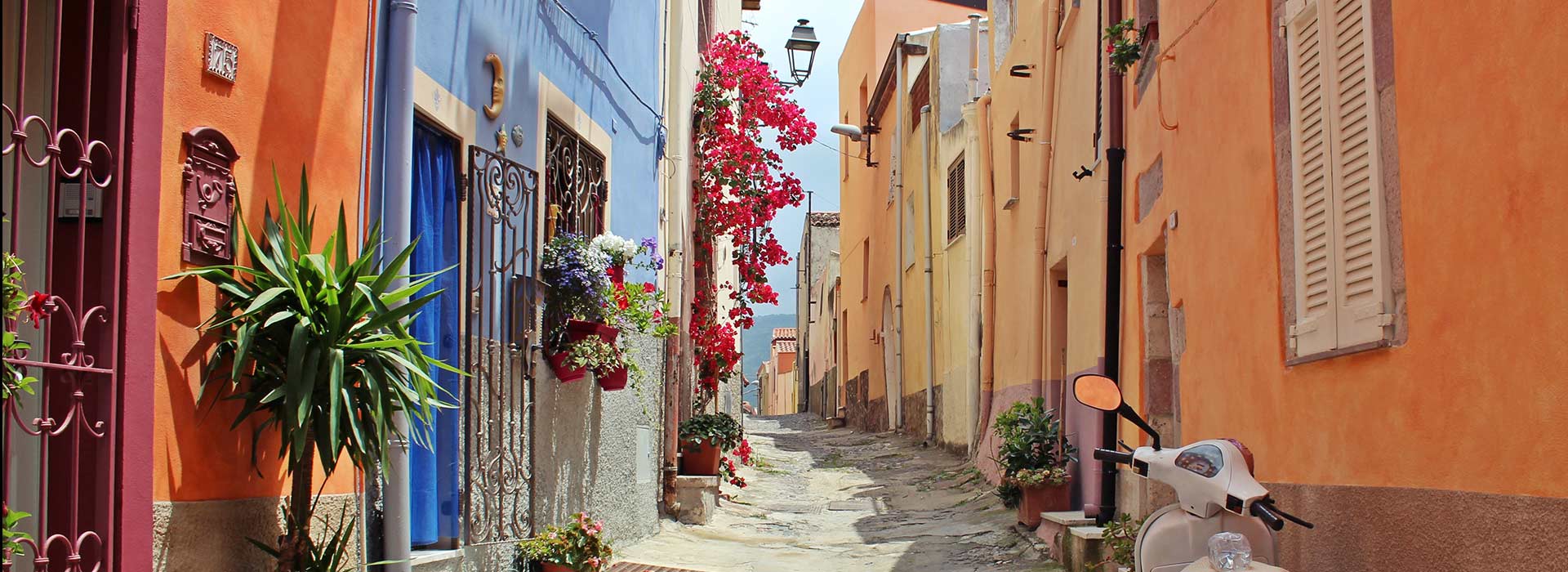
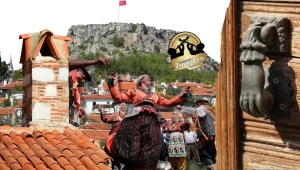
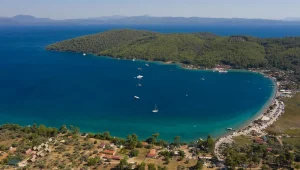
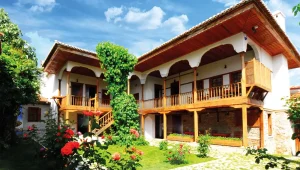
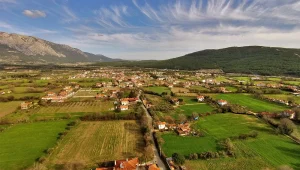
Sorry, the comment form is closed at this time.